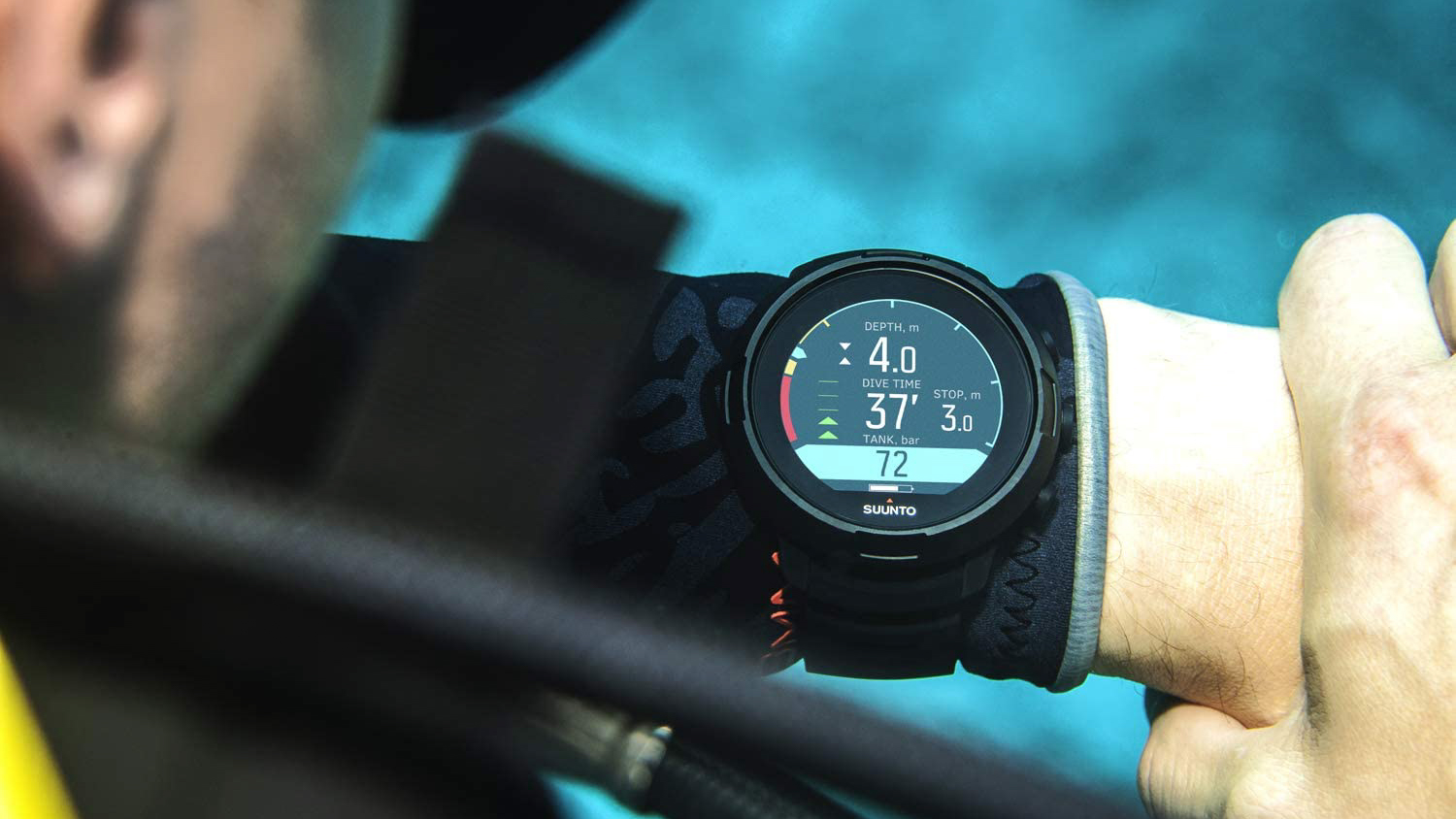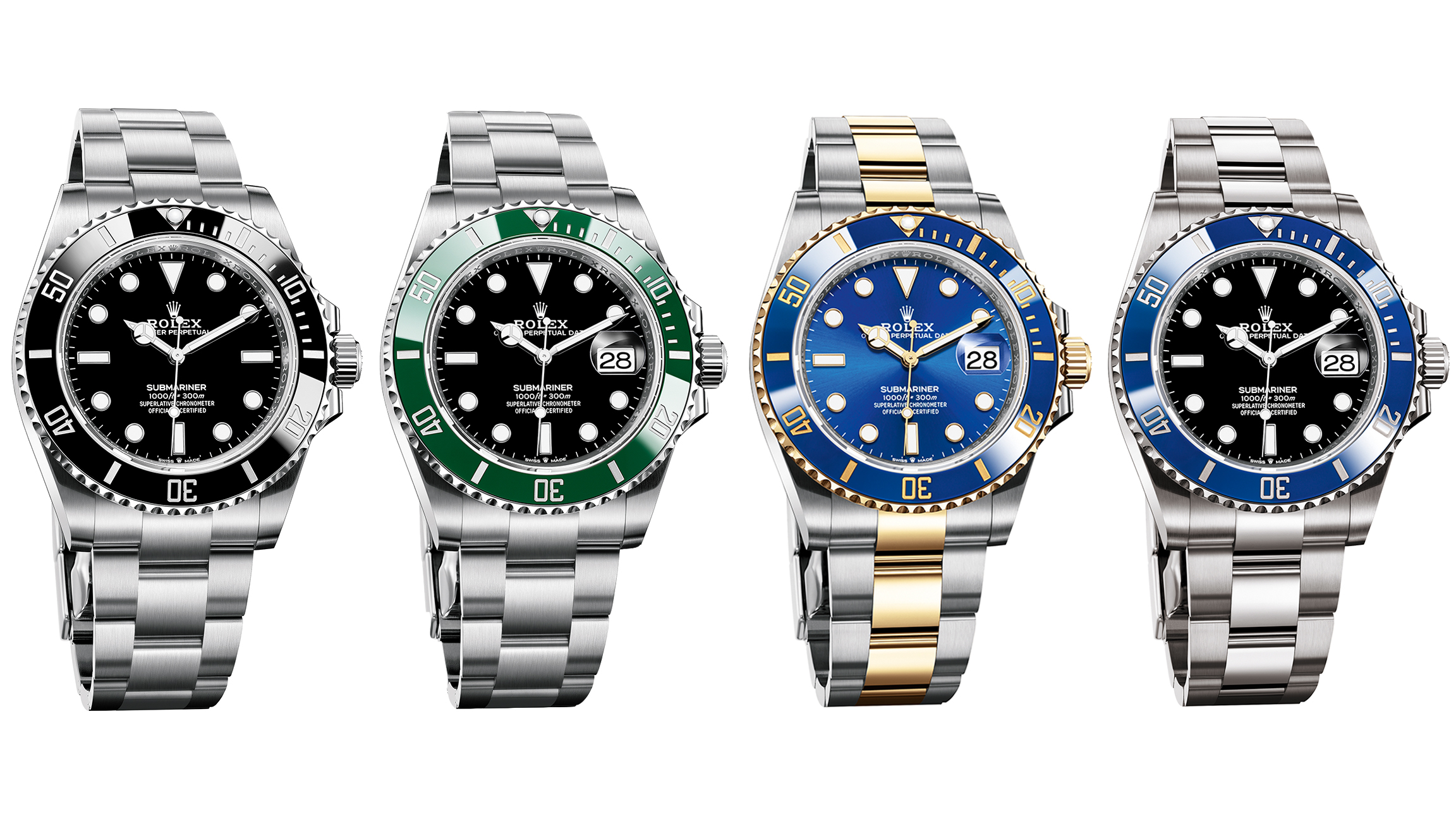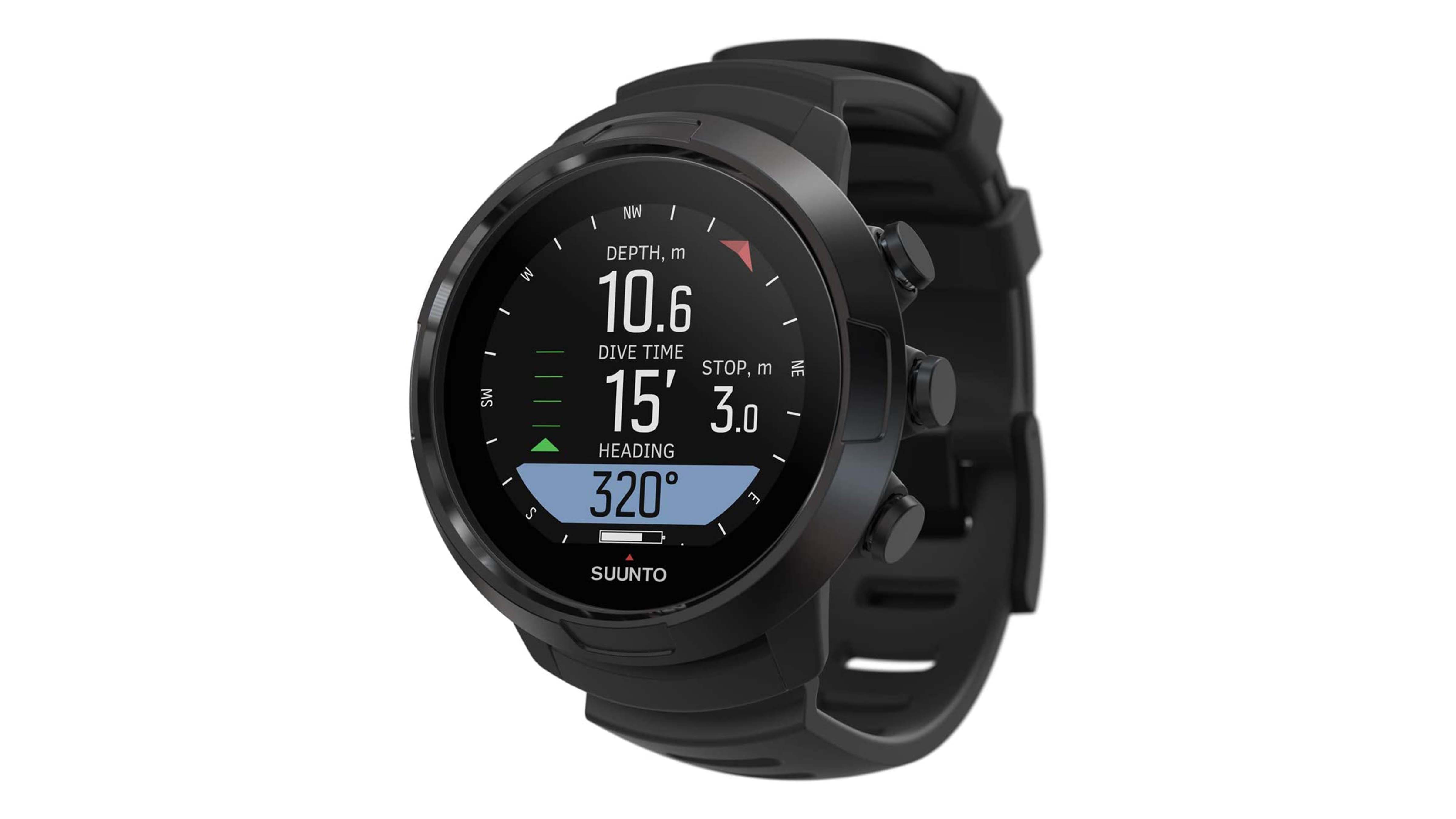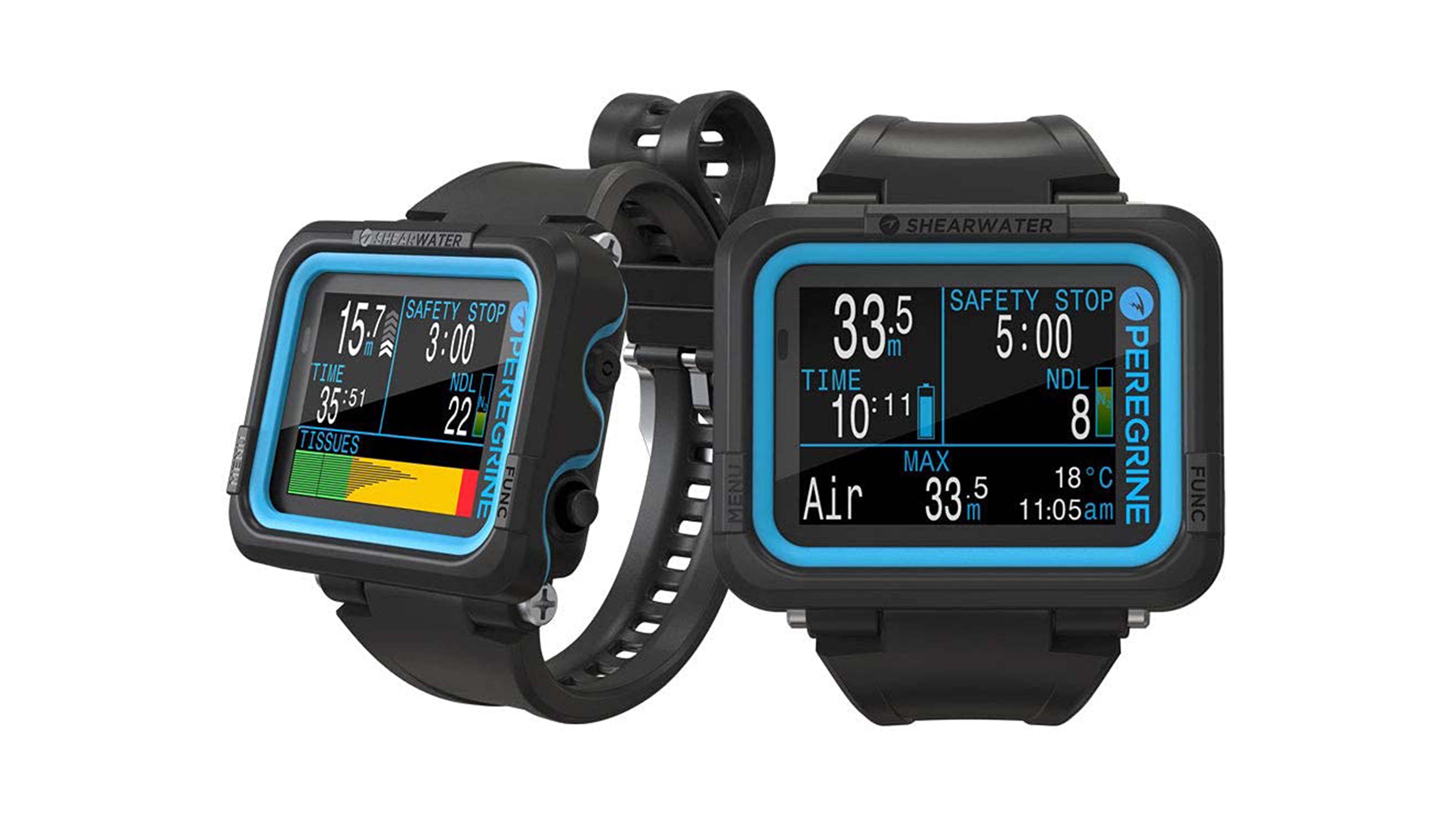

Explaining the differences between a dive watch and a dive computer is fundamentally a comparison of analogue and digital technologies.
Their goal is broadly the same, to log how long you have been submerged, how much longer you can stay underwater, and to help you avoid decompression sickness when returning to the surface. They are also built to survive being used in deep water, with hard-wearing cases, durable straps and information that can be seen clearly at a glance, regardless of ambient lighting.
But there are also many differences too. Dive watches retain their traditional look and can be used as a regular wristwatch – indeed, it would be fair to say the vast majority of dive watches are bought and worn by people who do not dive. In the way an off-roading 4x4 car built to tackle mud ruts and sand dunes has morphed into the modern SUVs used for nothing more challenging than the school run.
- Best dive watch: stylish watches to suit any budget
- What makes a dive watch a dive watch?
- What watches do divers actually use?
Meanwhile, dive computers range from watch-like devices that could potentially be used out of the water, to much larger, wrist-mounted computers. Here is a deeper look at how the two types of wearables compare.
What is a dive watch?

Technically speaking, a dive watch is a timepiece that is designed to work deep under water, and which meets the parameters set out by the International Organisation for Standardisation’s 6425 standard.
This standard includes the means of showing the time and duration of an event, underwater and in darkness. A dive watch must also be resistant to water, salt, shock, condensation and magnetism. Most dive watches show the time and employ a unidirectional rotating bezel to track duration.
But, while dive watches have always been able to serve their purpose, and one could feasibly still rely on one today to dive safely, they have largely become a fashion statement. Much like how the rugged 4x4 became a luxury SUV, the dive watch has shifted from a tool to a desirable accessory.
Sign up to the T3 newsletter for smarter living straight to your inbox
Get all the latest news, reviews, deals and buying guides on gorgeous tech, home and active products from the T3 experts

And yet, also like the modern SUV, dive watches are still highly capable items, engineered to withstand far harsher conditions than the average watch. This toughness is appealing to buyers who want their (often sizable) investment to withstand the test of time. It also means they can serve as a reliable backup should a diver’s diving computer fail.
Archetypal dive watches include luxury options like the Rolex Submariner, Omega Seamaster and Tudor Black Bay, while more affordable models are offered by Seiko, Timex and Citizen.
Much like a Range Rover capable of wading through 900mm of water, some dive watches are engineered to survive in extreme environments. Some models of Omega Seamaster feature a helium escape valve, which allows the gas to be released from the watch, as it could otherwise cause damage when resurfacing from a saturation dive. Then there is the Sinn UX SDR, which can be taken to depths of 12,000 metres – deeper than the Mariana Trench, the deepest known place on Earth.
What is a dive computer?

A dive computer is the smartwatch of the diving world. It is still designed to do a similar thing – to keep track of time and avoid decompression sickness – but where the dive watch is intended to be used every day, with any outfit, this is a purpose-built device.
Dive watches vary in size and sophistication. Some are only slightly larger than a conventional watch, with a round display and regular strap. Others offer many more functions, and so are much larger and even have rectangular displays for showing more information at once.
The dive computer traces its roots back to 1985 and the Hans Hass Deco-Brain. A rectangular box with five small LCD displays, the Deco-Brain took up much of the diver’s forearm, but was water resistant to 100 metres and could track dive time, depth, ascent time, desaturation time and more.
Modern dive computers are considerably more sophisticated (and smaller, too). They show additional metrics like current depth, water temperature, ascent rate with alarms to warn about resurfacing too quickly), and maximum depth. They also provide information on keeping divers safe once they resurface, including how long the diver must wait before they can board a plane after scuba diving.
Some more advanced dive computers also connect to the diver’s gas tank, monitoring pressure to calculate consumption and remaining supply.

Such a broad range of features makes for a day-and-night difference between a traditional dive watch and a fully-fledged dive computer. But it also means the former can be worn all of the time, and often not while diving at all, while the latter is a specialist device only intended to be used underwater.
Popular dive computer brands include Suunto and Aqualung, whose more affordable devices look similar to running watches. Up your budget and more capable (and larger) options include the Suunto Eon Steel and Shearwater Petrel Dive. Dive computers tend to be priced from under £200 to around £500.
Deciding on whether to buy a dive watch or a dive computer comes down to how seriously you take your diving. Most dive watches are bought by horology fans who simply like the way they look, their robustness, and potentially what they stand for. Buyers of dive computers are keen or even professional divers who require much more information than is presented by a dive watch. They also know a dive computer can deliver that information for a fraction of the cost of a luxury dive watch.
Liked this?
- T3's guide to the best watches for men
- Best dive watch: stylish watches to suit any budget
- The best watches under £1000
- Best outdoor watch: rugged timepieces for adventurers
Alistair is a freelance automotive and technology journalist. He has bylines on esteemed sites such as the BBC, Forbes, TechRadar, and of best of all, T3, where he covers topics ranging from classic cars and men's lifestyle, to smart home technology, phones, electric cars, autonomy, Swiss watches, and much more besides. He is an experienced journalist, writing news, features, interviews and product reviews. If that didn't make him busy enough, he is also the co-host of the AutoChat podcast.

